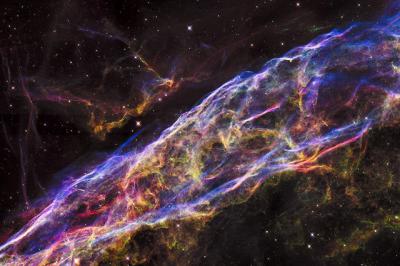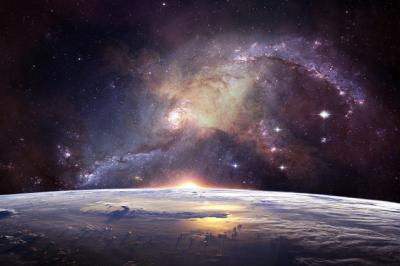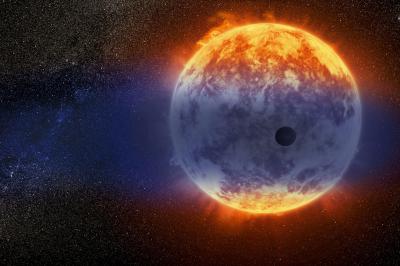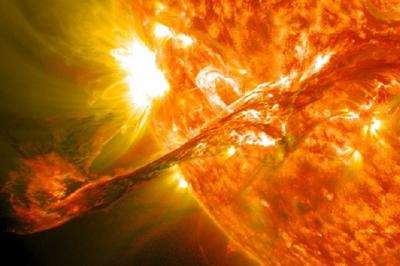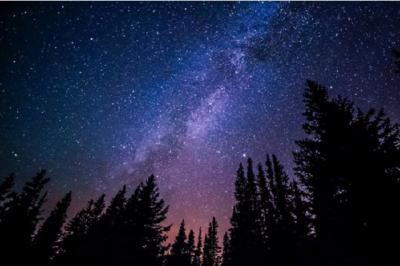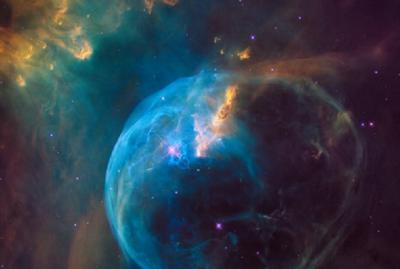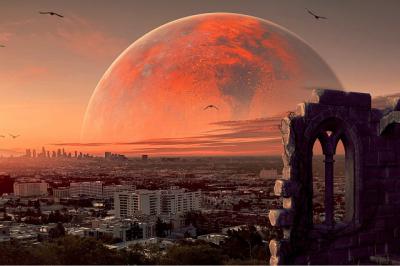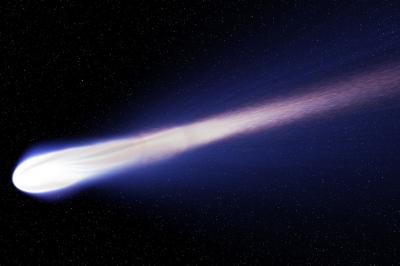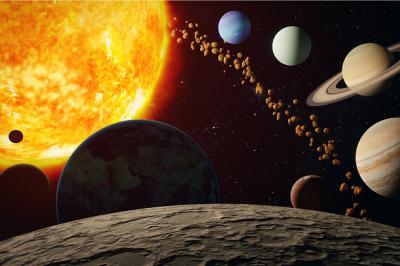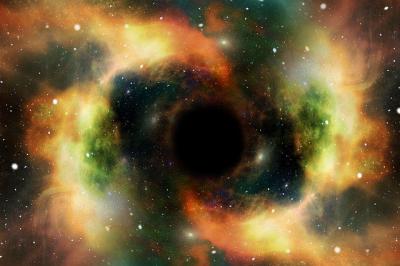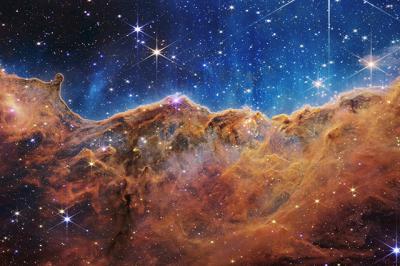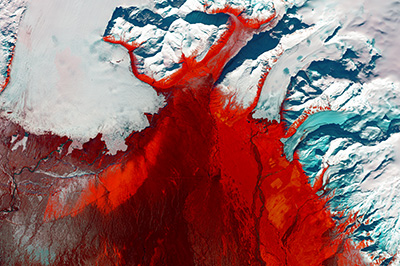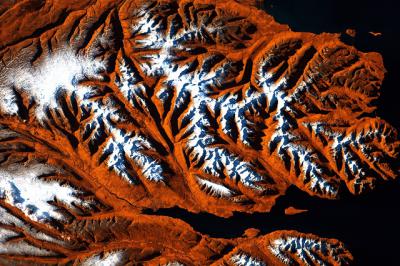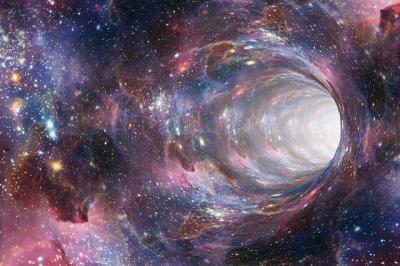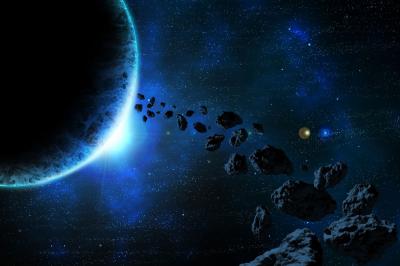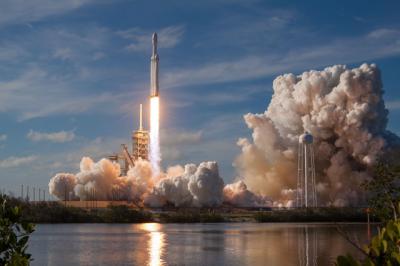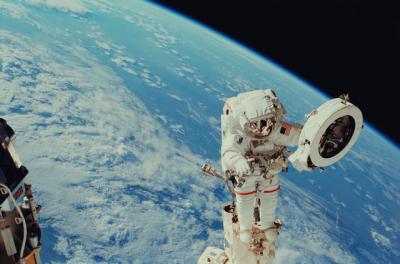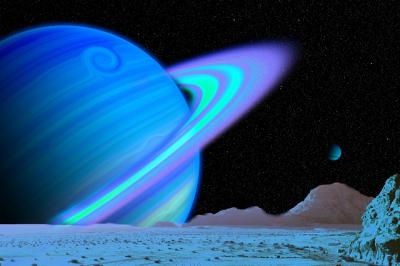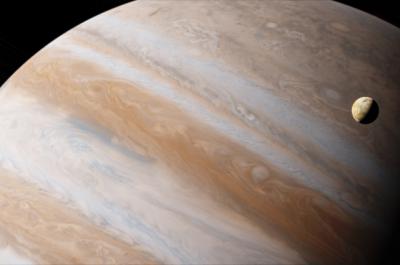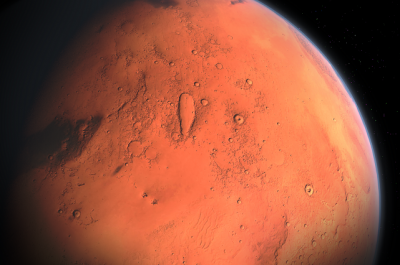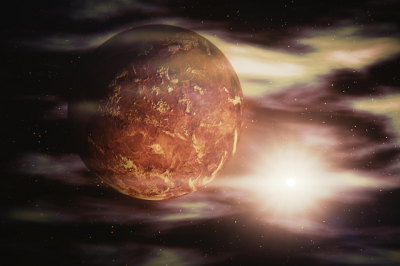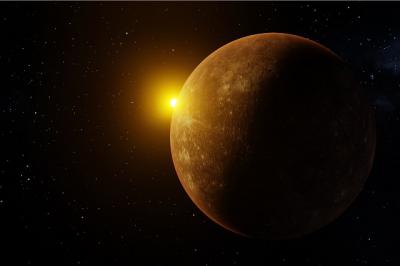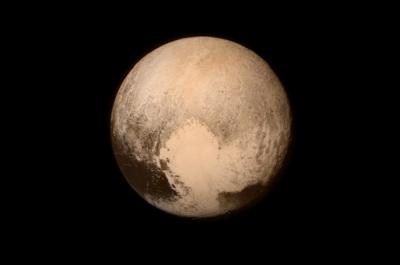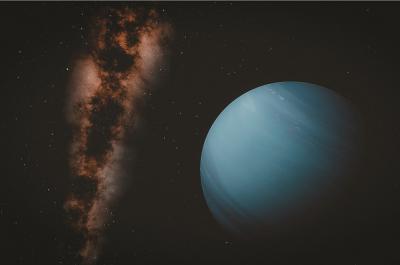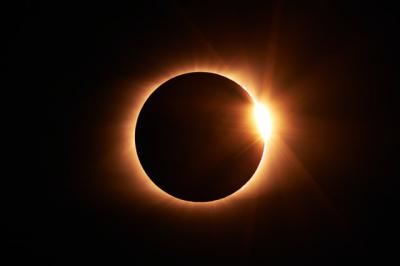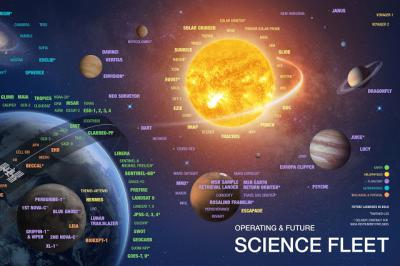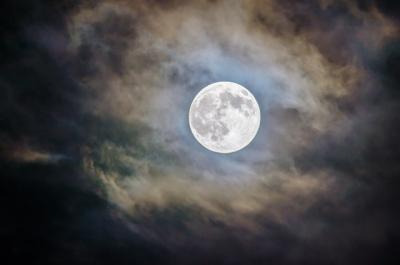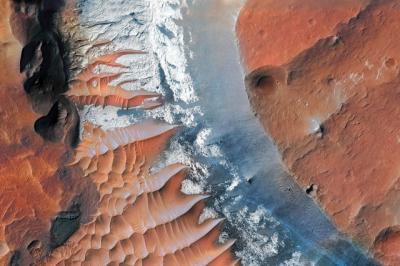Space Canvas Print Wall Art
Shop WhiteClouds for some of the best Space wall canvas art images online.
Table of Contents
Images from Space Canvas Prints
For centuries, Space has captured the imagination and inspired humanity. Recently, space exploration has taken its place today’s headlines with images of the universe being released on an almost daily basis. Photographs are taken further and deep into space thanks to new equipment, satellites, and missions such as the James Webb Telescope.
These images are received in greater detail and colors than ever before! Make a statement with these beautiful images of the cosmos! With canvas printed images of space of all kinds, we want to help decorate your space with informational or aesthetic renderings of the universe. We have hand-picked images for 25+ subcategories, from photos of specific planets to imaginative compositions of science-fiction. This space-themed wall decor can satisfy the tastes of the scientist, space enthusiast, and interior decorator! You can feed the imagination and contribute to the education of our young children with images of astronauts, spacecrafts, and the sights they see. Our canvas wraps have both an informational and aesthetic purpose, since no one can deny the natural beauty that the universe provides in every color scheme. It is a sight that not all may get the opportunity to see with their own eyes, but these images do them justice as the next best thing.
Variety of Images
We offer canvas wraps of our solar system, consisting of its 8 planets, as well as some lesser-known celestial bodies. Some of these include actual photos taken by NASA and other space stations, while others are extremely realistic artistic renderings based upon science. We have images of galaxies and stars, as seen from the surface of the earth as well as from the heavens. We have also included beautiful images of our planet Earth as taken by satellite images, introducing a whole new perspective not often seen by the average man or woman. Our images of the earth from space can almost look like abstract painting from far away, then a closer look reveals the natural beauty of the earth through real images from satellites that may surprise all viewers! Perhaps our most unique category is the James Webb images, which showcase the images brought back recently by the largest telescope in space. These canvas prints can be compared, and even placed side-by-side to the prints we have of the Hubble Telescope, the James Webb Telescope’s predecessor.
Space Image Categories
We have 25+ subcategories of Space Wall Art that are continuously being updated with images that are sure to appeal to you and your visitors. If you don’t see anything to your liking from the Space Canvas Art we have on our eCommerce store, or you have something special in mind in terms of imagery, size or presentation, please contact us for a free quote on a custom project.
Timeline of Space Photography
The very first image of space was taken by attaching a camera to a missile, launched 65 miles into the air from the White Sands Missile Range in New Mexico. Despite coming back down at an incredibly high speed, the film was protected in a steel covering, giving us the first image of earth from space. This was an incredible milestone in space photography. Despite being a black and white, grainy image, the only other photo taken of the earth’s surface was from a mere 13.7 miles, atop the Explorer II balloon in 1935. Many of the first iconic photos of space were taken by handheld cameras, including the very famous “earth rise” photo, captured by the crew of the Apollo 8. This photo is considered to be the catalyst for the environmental movement, which reached its peak after the perspective-changing image of a seemingly small earth in the sky. This incident is one of many that shows the impact of space photography in the lives of millions of those who dwell on the surface of the earth! With rapidly improving technology, astrophotography (or photography of space) vastly improved, reaching up to hundreds and millions miles into the great unknown.
Images have now since been released of various celestial bodies, with different perspectives, through different instruments. These instruments range from the Hubble Space Telescope which sent its first image of the stars back in May of 1990, to the Mars Global Surveyor craft, which shot the first photo of earth from mars in 2003, the European Southern Observatory which took the first photo of an exoplanet in 2004, and most recently, the current James Webb Telescope, which sent its images back after a 6 months out in space in July of 2022.
How are Photos Taken of Space?
Technology has greatly improved since the first snapshots of space taken by a motion picture camera. Now, cameras are equipped with telescoping lenses, ensuring that images can be taken far away and close up, giving scientists a greater range and flexibility to shoot what they need. The images are taken compositely since the immense space captures by the images need to be pieced together to fit everything. Another interesting element of space is that it is constantly shifting and moving. Taking a simple photo would insure a blurry images with imperfect exposures. Therefore, cameras are equipped with tracking technology that moves the camera along with the space. The lenses are also equipped to capture both visible light and ultraviolet light, enabling us to see beyond the surface with bright, vibrant colors. More importantly and as a recent development, telescopes are equipped with infrared technology, allowing the camera to capture images normally obscured by clouds of particles, now a prominent feature of the newest James Webb Telescope.
Each spacecraft is also thoroughly tested to determine if it can survive the harsh conditions of space. These factors can include extreme temperatures, radiation, vacuum, and chemical reactions to gas and other materials. The data that each camera sends back is so important and so very vast, that great care is taken to prevent any corruption. The data goes from the telescopes, to nearby satellites, then back down to earth.
The Impact of Astrophotography
Astrophotography isn’t only used by scientists. Many people, in all walks of life, have been drawn to the beauty and wonder of space. The bright, colorful stars of the galaxies, planets and their distinct features, as well as other wonders of the ‘great unknown’ such as comets, exoplanets, and nebulae. Some even venture into taking their own photos of space as a hobby! In fact, one of the clearest photos of the moon was taken by a Californian astrophotographer, “consisting of thousands of images stacked on top of another”. Other astrophotographers take images of milky ways above national parks or famous landmarks, or chase down comets and eclipses. These images from earth are just as awe-inspiring as the images taken up in space.
If you have a private image taken yourself of the heavens, why not hang it up with our custom large canvas wrap services? Or for those inspired to take their own photos of the night sky, take a look at this Astrophotography for Beginners guide from Space.com to see what it takes.
Shipping and Delivery
WhiteClouds has delivered models and products large and small around the world. Our Canvas prints are shipped completely FREE to the continental United States. For outside the U.S., there is an additional shipping charge.
